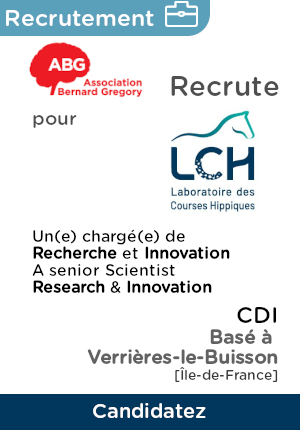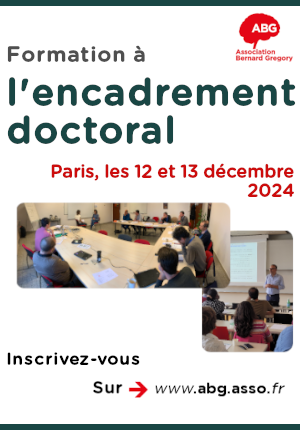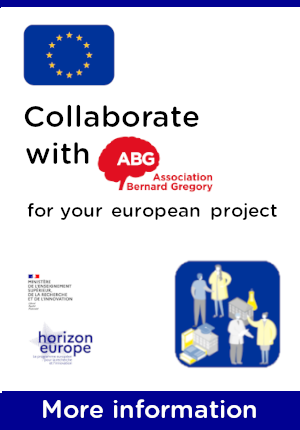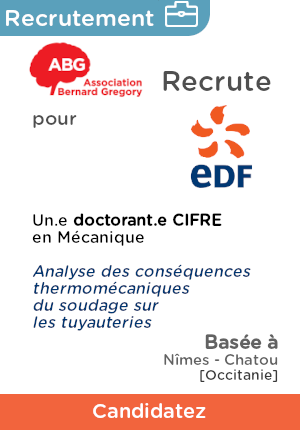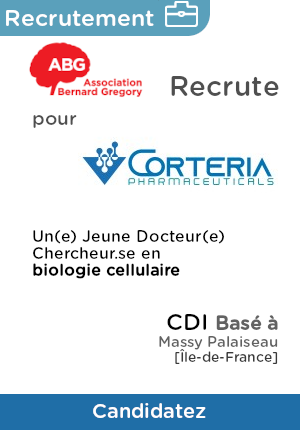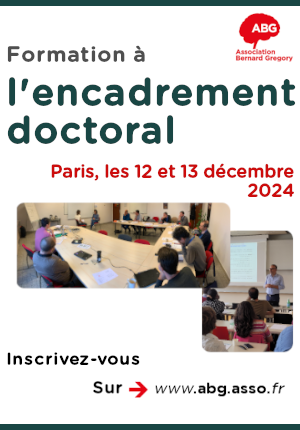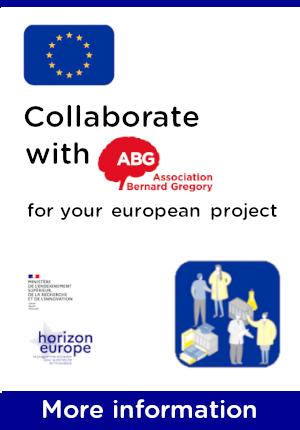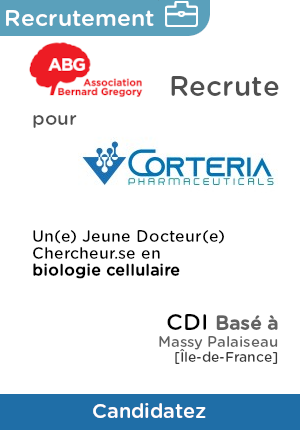Post-DOC, mechanical intégrity of metal- ceramic assemblies
| ABG-125256 | Job | Any |
| 2024-07-23 | Fixed-term 12 Month | > €25,000 and < €35,000 annual gross |
- Digital
Employer
Post-DOC position at SIMAP/G2ELAB in the frame of POWERALPS
“Durability of assembled part for power electronics devices; subjected to mechanical and thermal constraints: mechanical integrity, long lasting use and optimum design”
Context
Power electronics are being part of the necessary CO2 reduction by contributing to extensive and efficient use of electrical power and supply. These components have had (and will continue to have!) a great influence on the energy and transport sectors, among others, and contribute to the reduction of green-house gases but also by increasing their durability and thus participate in an optimum eco-design. Although power electronics belong to an electric engineering, limitations related to their mechanical integrity has arised (delamination along the metal - ceramic interface) which need to be overcome to reach the challenges of the near futures in this field. The implementation of power components, working at high voltage, requires the use of metallized ceramic substrates allowing both to insulate them electrically and to transfer the heat induced during operating conditions. This heat, very intense and localized, results in hot spots and strong temperature variations over time (thermal cycling) which tend to limit the lifetimeof static converters.
A team of researchers at the University of Grenoble have joined forces in a multi-disciplinary research program (PowerAlps) to tackle and address several challenges related to this important field, and in particular to characterize and model the current PE components and propose route for future improvements for an improved mechanical reliability.
Position and assignments
Project description
Within this program, we are currently looking for an enthusiastic PostDoc to conduct a project which combines (i) a fracture mechanics analyses to design the metal/subtrate assembly that will prevent interface delamination. Preliminary results are found in [1], based on the interface calibration presented in [1-2], which awaits for a detailed interpretation. To this end, the analysis of the wedge tip fields (boundary of the metal/substrate assembly) subjected to a thermal loading will be carried out by calculating the generalized stress intensity factor [3-4] or by considering a simplified coupled criterion analysis inspired by Leguillon [5]. This will shade light on the preliminary results found in [1] and open the route to investigated various angle of the wedge between the metal and substrate, optimum ratio between the two parts to prevent delamination. This will be use to help in designing the best assembly. Another part (ii) of the project addresses the optimisation of the metal’s perimeter. It has been observed experimentally and show in [1] that considering a series of ‘dimples’ of holes along the boundary releases some stress at the interface and prevent the delamination initiation. A parametric optimization would be first carried out, for sake of simplicity, to extend with a topology development to alleviate the stress and potential energy release rate along the interface.
Part (i) and (ii) are connected but can be addressed separately dependent on the candidates’ interest.
The first assembly to consider is the copper-metal/ceramic-substrate, but other will be address with this methodology like aluminium-metal of alumina substrate, metal on polymer substrate, among others. Getting involve into this project, you will develop and get acquainted with advanced skills in fracture mechanics or/and topology optimization.
Most of the work is theoretical and numerical (finite elements calculations)
References
[1]A. Ben Kabaar, Durabilité des assemblages céramique-métal employés en électronique de puissance, 2015, Thèse INSA lyon.
[2] A. Ben Kabaar, C. Buttay, O. Dezellus, R. Estevez, A. Gravouil, L. Gremillard, Characterization of materials and their interfaces in a direct bonded copper substrate for power electronics applications, 2017, Microelectronics Reliability, v79, 288-296
[3] D. Leguillon, E. Sanchez-Palencia, 1987, Computation of singular solutions in elliptic problems and elasticity. Ed/ Masson
[4] Z. Yosibash, Singularities in Elliptic Boundary Value Problems and Elasticity and Their Connection with Failure Initiation, 2012, Springer.
[5] D. Leguillon, Strength or toughness? A criterion for crack onset at a notch, 2002, Eur J Mech, v21, 61-72
Geographic mobility:
Telework
Starting date
Profile
Candidature
Estes-vous intéressé.e par ce projet ?
Votre mission sera de mener un travail de calculs par éléments finis dans les deux parties (i) et (ii), et abordera également certains points théoriques. Les résultats de l’étude sont ouverts et publiables.
Vous avez
- un doctorat en génie mécanique ou en mathématiques appliquées (mécanique des solides)
- une affinité manifeste avec la programmation et les simulations par éléments finis, ainsi qu'un intérêt pour la mécanique des solides
Goals
Carrying out finite element simulations (ABAQUS) in the context of advanced fracture mechanics, assessing the mechanical integrity of metal/ceramic assemblies subjected to cyclic thermal loading.
keywords are generalized stress intensity factor, estimation of energy restitution rate, staill effect.
Increase reliability by structuring the metal layer perimeter, by parametric and then topological optimization, if necessary.
Vous avez déjà un compte ?
Nouvel utilisateur ?
Get ABG’s monthly newsletters including news, job offers, grants & fellowships and a selection of relevant events…
Discover our members
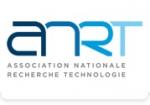 ANRT
ANRT  Institut Sup'biotech de Paris
Institut Sup'biotech de Paris  ADEME
ADEME  MabDesign
MabDesign  Groupe AFNOR - Association française de normalisation
Groupe AFNOR - Association française de normalisation  ONERA - The French Aerospace Lab
ONERA - The French Aerospace Lab  Ifremer
Ifremer  PhDOOC
PhDOOC  CASDEN
CASDEN  Généthon
Généthon  Nokia Bell Labs France
Nokia Bell Labs France  Aérocentre, Pôle d'excellence régional
Aérocentre, Pôle d'excellence régional  Laboratoire National de Métrologie et d'Essais - LNE
Laboratoire National de Métrologie et d'Essais - LNE  Tecknowmetrix
Tecknowmetrix  CESI
CESI  TotalEnergies
TotalEnergies  Institut de Radioprotection et de Sureté Nucléaire - IRSN - Siège
Institut de Radioprotection et de Sureté Nucléaire - IRSN - Siège  MabDesign
MabDesign  SUEZ
SUEZ
-
JobFixed-termRef. ABG125071KTH- Sweden
ERC-funded postdoc position on the detection of gas-phase organic radicals, KTH, Stockholm, Sweden
Chemistry - Physics - Engineering sciencesAny -
JobPermanentRef. ABG124941Corteria Pharmaceuticals- Ile-de-France - France

Jeune Docteur, Chercheur en Biologie Cellulaire & Moléculaire (H/F)
BiologyAny -
JobPermanentRef. ABG123642Laboratoire des Courses Hippiques (GIE LCH)- Ile-de-France - France

Chargé(e) de Recherche et Innovation (H/F) / Senior Scientist Research & Innovation (M/F)
Chemistry - BiochemistryConfirmed

